The Secret to Raising Kids Who Thrive (Even When Life Gets Hard)
Your Child’s Happiness Starts With These Simple Choices
Picture this: It’s 10 PM, and you’re watching your child finally drift off to sleep after another long day. You wonder—Am I doing enough? Will they be okay?
Here’s what research shows: Children who develop strong well-being habits early are 60% more likely to maintain good mental health into adulthood. The good news? You don’t need to be perfect. You just need to know which steps actually make a difference.
I’ll never forget the summer I turned ten. My family stayed in a wooden cabin on the pine-shaded shores of a lake for the entire summer. A girl my age was staying in the cabin next door, and our friendship was forged under the lazy sun. We dove and swam. We paddled up creeks in canoes. We ate fruit with bowls of vanilla ice cream. We read comics by torchlight, and we laughed.
Looking back, that summer had every ingredient for genuine happiness: connection, exercise, nature, deep sleep, and yes—lots of wild blueberries.
Today, you’re going to discover how to create those same conditions for your child, right where you are.
Why Your Child’s Well-Being Can’t Wait
When was the last time you felt truly confident about your parenting decisions?
The truth is, supporting your child’s happiness isn’t mysterious. It’s about getting the fundamentals right—relationships, movement, nature, sleep, and nutrition. But here’s the catch: everyone talks about these things, yet few parents know exactly how to implement them.
If you’ve been feeling overwhelmed by conflicting advice, stop right there. This guide cuts through the noise and shows you what actually works.
The Foundation: Build Stronger Connections (Starting Today)
Your relationship with your child is the single most powerful predictor of their well-being.
Want to know the best part? Strengthening this connection doesn’t require expensive activities or perfect parenting. It requires presence.
Here’s what you can do instantly:
- Have meals together as a family. Even three times a week makes a measurable difference in your child’s emotional health.
- Start a weekly family meeting. Let everyone (yes, even your six-year-old) share problems and solutions. You’ll be amazed at what they contribute.
- Make sure your child has relationships outside your household. Friends, cousins, mentors—these connections build resilience in ways you can’t do alone.
If you don’t live with your child full-time, this matters even more. Focus on child-centered activities during your time together. Quality trumps quantity every single time.
Get Moving: Why Exercise Isn’t Optional
Stop thinking of physical activity as just another task on your to-do list.
Research shows that active children have significantly better mental health, stronger self-esteem, and improved ability to handle stress. The connection between movement and mood isn’t subtle—it’s profound.
Your action plan:
- Get your child moving more and sitting less (sounds obvious, but are you actually tracking their screen time?)
- Go outside together—nature isn’t just nice, it’s necessary
- Make it fun, not forced. Find activities your child genuinely enjoys.
Because here’s the reality: If your child dreads exercise, they won’t do it. But if they love swimming, dancing, or climbing trees? That’s sustainable.
The Sleep-Happiness Connection You’re Probably Ignoring
How many hours did your child sleep last night?
If you hesitated to answer, that’s your first clue. Sleep is where emotional regulation happens. It’s where memories consolidate. It’s where growing bodies and brains repair themselves.
Children who consistently get enough sleep show dramatically lower rates of anxiety and behavioral problems. Yet nearly 40% of school-age children aren’t getting adequate rest.
What’s sabotaging your child’s sleep? Often, it’s screens. If your child has significant screen time, especially before bed, that blue light is actively working against their natural sleep cycle.
Want better sleep starting tonight? Create a wind-down routine that includes reading, quiet conversation, or gentle stretching—no devices allowed.
Feed Their Bodies, Nourish Their Minds
You already know that processed food isn’t ideal. But did you know it directly impacts your child’s emotional stability?
The gut-brain connection is real. What your child eats today affects how they feel tomorrow. Those mood swings after a sugar crash? Not a coincidence.
You don’t need to become a nutritionist or ban all treats. You just need to reduce processed foods and increase whole foods. Think fruits, vegetables, whole grains, and proteins that actually sustain energy.
Your child will thank you (eventually—maybe not today, but when they’re adults with stable moods and healthy habits).
Developing Active Coping Strategies That Actually Work
Here’s a question: When your child faces a problem, what’s their first response?
If it’s shutting down, lashing out, or avoiding the situation entirely, they need better coping tools. The good news? You can teach them.
Active coping strategies include:
- Talking about problems (with you, a friend, or another trusted adult)
- Working out potential solutions together
- Taking part in relaxing activities like listening to music
- Using exercise to process stress and difficult emotions
- Expressing anger constructively, not destructively
Notice what’s missing? Passive strategies like ignoring problems, blaming others, or staying stuck in negative thoughts. Those don’t build resilience—they erode it.
The Words That Build (Or Break) Self-Esteem
Stop and think: What was the last thing you said to your child about their abilities?
Your words shape their inner voice. If you constantly highlight what they’re doing wrong, that becomes the soundtrack in their head. But if you emphasize their strengths and growth? That’s transformative.
Here’s how to use your words wisely:
Bolster your child by:
- Highlighting specific strengths (not just saying “good job”)
- Reinforcing that they’re capable of handling challenges
- Focusing on their personal growth, never comparing them to siblings or peers
- Accepting them unconditionally—even when you don’t like their behavior
Reframe your thinking:
- Try to see your child’s point of view, especially when it’s difficult
- Have realistic expectations based on their age and development
- When giving correction, explain what not to do, why, and offer alternatives
Because words stick. Make sure yours are building something beautiful.
Teaching Your Child to Handle Stress (Without Shielding Them From It)
This might surprise you: Your child needs to experience stress.
I know, I know—every parenting instinct tells you to protect them from difficulty. But here’s what research reveals: children who face age-appropriate challenges develop stronger coping skills than those who don’t.
The key word? Age-appropriate.
Your five-year-old doesn’t need to worry about family finances. But they can handle the stress of waiting their turn, sharing toys, or trying something new. Your teenager doesn’t need crushing academic pressure. But they can handle the stress of managing homework, navigating friendships, and making mistakes.
Your role isn’t to eliminate stress—it’s to help your child see it differently:
- Frame stressful situations as challenges, not catastrophes
- Help them distinguish between problems they can solve (practice more, ask for help) and situations they need to accept
- Demonstrate healthy coping when you face your own stress
- Make it clear you believe they’re capable of handling difficulty
When you shield your child from every uncomfortable moment, you accidentally send the message: “I don’t think you can handle this.” That’s not the legacy you want to leave.
Look After Your Own Well-Being First
Put your own oxygen mask on first—you’ve heard it a million times. But are you doing it?
Your well-being directly impacts your child’s happiness. If you’re running on empty, irritable, or overwhelmed, your child feels it. They absorb your stress like a sponge.
This isn’t selfish—it’s strategic. When you take care of yourself, you become a better parent. You have more patience. More energy. More emotional bandwidth for the hard conversations and challenging moments.
If you suffer from depression or anxiety, make sure your child knows it’s not their fault. Children naturally assume everything revolves around them, including your struggles.
Tailoring Your Approach to Your Unique Child
One-size-fits-all parenting advice? It doesn’t exist.
Your child is unique. Their temperament, sensitivities, interests, and challenges are theirs alone. What works brilliantly for your neighbor’s kid might backfire spectacularly with yours.
Pay attention to what’s going on in your child’s head, beyond the obvious. This reflective practice makes you a more competent parent, which directly supports their well-being.
Consider these situations:
If you live in a Black, ethnic minority, or mixed household, encourage conversations about race and ethnicity. These discussions build identity and resilience.
If your child is involved in numerous extracurricular activities, evaluate whether they’re overwhelmed. Sometimes less is more.
If your child spends significant time in childcare, select a high-quality center with adequate staff. The ratio matters enormously.
Supporting Your Child’s Interests and Independence
What lights up your child’s face?
Whether it’s soccer, art, coding, dance, or building elaborate structures with cardboard boxes—support it. These interests aren’t frivolous; they’re essential for well-being.
Encourage extracurricular activities your child enjoys. If they’re interested in multiple things, and you can manage it practically and financially, let them explore more than one. Diverse interests build diverse skills and social connections.
Here’s something else to consider: Does your child have age-appropriate independence?
If it’s safe to do so, give your child greater freedom to play outdoors and explore away from home. The independence they gain from navigating their neighborhood or park (within safe boundaries you’ve established) builds confidence that structured activities can’t replicate.
Using Praise and Feedback That Actually Motivates
Not all praise is created equal.
“Good job!” might feel supportive, but it’s empty. Your child needs specific feedback that highlights effort, strategy, and growth—not just outcomes.
Instead of: “You’re so smart!”
Try: “I noticed how you kept trying different approaches until you figured it out. That persistence is impressive.”
Instead of: “Great work!”
Try: “The way you organized your ideas made your project really clear. That planning paid off.”
See the difference? You’re teaching them what to repeat. You’re connecting their actions to results. You’re building a growth mindset.
And when you need to give correction? Be clear, specific, and constructive. Tell them what not to do, explain why, and offer an alternative. Don’t leave them guessing.
Troubleshooting: When Your Child Struggles With Anxiety
Is your child spending excessive time worrying? Do they avoid situations that make them nervous? Are they experiencing physical symptoms like stomachaches or difficulty sleeping?
Anxiety is increasingly common in children—but it’s also highly treatable.
Here’s your action plan:
Immediate steps:
- Don’t show your child your own anxiety about them doing potentially dangerous things
- Focus on positive thinking and helping them feel capable when discussing anxiety-provoking situations
- Accept mistakes and praise effort, not just success
- Be patient—anxiety doesn’t disappear overnight
Deeper strategies:
- Use a book specifically targeted at children with anxiety, with activities for both of you
- Try breathing exercises together (you’ll benefit too)
- Help them set aside a specific “worry time” each day, rather than worrying constantly
- Encourage relaxing activities: reading, music, naps, quiet games, stretching
- Get them laughing—humor is powerful medicine
When to seek help:
- If your child is severely anxious, consider group therapy
- Find out if bullying is happening at school or online
- If your child is over-scheduled, drop some activities
And here’s something critical: Examine your own anxiety levels. Are you projecting your fears onto your child? They’re watching and learning from you.
Troubleshooting: Perfectionism and Self-Criticism
Does your child tear up their artwork because it’s “not good enough”? Do they spend hours on homework trying to make it perfect? Are they devastated by small mistakes?
Perfectionism isn’t about high standards—it’s about fear of failure. And it’s exhausting.
Your intervention strategy:
- Look at your own perfectionist tendencies first (especially if you have daughters, who are particularly vulnerable to learning this from mothers)
- Try not to criticize yourself out loud
- Be less harsh with your child across the board
- Shift focus from producing the best schoolwork to learning from the process
- Remind them that enjoyment should be an important goal
- Help them aim for excellence, not perfection (there’s a crucial difference)
Excellence means: “I’ll do my best with the time and resources I have.”
Perfectionism means: “Nothing I do is ever good enough.”
One builds confidence. The other destroys it. Make sure your child knows which one you’re encouraging.
Troubleshooting: Sensitivity to Criticism and Rejection
Does your child fall apart when corrected? Do they assume people are judging them harshly? Are they people-pleasers who struggle to set boundaries?
This sensitivity often stems from uncertainty about their worth.
Here’s how to help:
- Don’t automatically say no when they ask for something (yes, this requires more effort from you)
- Clarify that most people aren’t judging them as harshly as they imagine
- Teach them to distinguish between feedback and criticism—feedback helps you grow, criticism tears you down
- Reinforce this essential truth: It’s not possible to please everybody all the time, and it’s not desirable either
When your child understands that rejection and criticism are normal parts of life—not evidence of their inadequacy—they develop genuine resilience.
Troubleshooting: Sadness and Grief
Is your child experiencing prolonged sadness? Have they suffered a loss?
First, understand this: Loss isn’t just about death. Moving homes, changing schools, losing a friendship, or experiencing family changes can all trigger grief in children.
Your supportive response:
- Be supportive when they express sadness or anger (don’t rush to fix it)
- Investigate whether friendship problems or bullying are happening
- For young children with trivial concerns, try gentle distraction
- Work together to turn negatives into positives when appropriate
- Use positive words when talking about someone who has died
- Use images and physical objects to support their grieving process
- Find age-appropriate books that address their specific situation
- Let teachers know your child is grieving
When to get professional help:
- If your child shows signs of trauma
- If grief is overwhelming their daily functioning
- If sadness persists beyond what seems appropriate for their age and the situation
Remember: Children grieve differently than adults. Their grief may come in waves, appearing and disappearing. That’s normal.
The Balance Between Family Closeness and Outside Connections
Here’s a parenting paradox: Your child needs both deep family connection and relationships beyond your household.
Too much cocooning? Your child may struggle with independence and diverse perspectives.
Too little family time? Your child may feel disconnected and unsupported.
The sweet spot? Strong family rituals plus encouraged outside relationships.
This might look like:
- Regular family meals (aim for at least three per week)
- A weekly family meeting for problem-solving together
- Actively supporting friendships with peers
- Facilitating relationships with extended family, mentors, or community members
- Choosing quality childcare with adequate staffing if that’s part of your situation
Both sides of this equation matter. Family provides the secure base. Outside relationships provide diverse experiences and perspectives. Your child needs both to thrive.
Your Simple Action Plan (Start Here)
Feeling overwhelmed by everything you just read? That’s normal. Don’t try to implement it all at once.
Here’s what to do today:
Choose just two or three strategies that resonated most. Maybe it’s having more family meals, reducing screen time before bed, or being more specific with your praise. Start there.
This week:
Pay attention to your child’s current habits around sleep, activity, and screen time. You can’t improve what you’re not tracking. Notice what’s actually happening, without judgment.
This month:
Build one new habit with your child. Maybe it’s a evening walk together. Maybe it’s a weekly family meeting. Maybe it’s teaching them breathing exercises for stress. One solid new habit is worth more than ten half-hearted attempts.
Remember this:
You don’t need to be a perfect parent. You need to be a present one. You don’t need to do everything. You need to do the things that matter most.
Your child doesn’t need you to eliminate all stress, sadness, or challenge from their life. They need you to teach them how to handle these inevitable parts of being human.
The Beautiful Truth About Raising Resilient Kids
Here’s what nobody tells you at the beginning: The small moments matter most.
Not the expensive vacations. Not the perfect birthday parties. Not the prestigious activities.
The daily conversations. The consistent routines. The way you respond when they make mistakes. The confidence you show in their ability to handle hard things. These are the building blocks of well-being.
When you strengthen relationships, encourage movement, protect sleep, and teach coping skills, you’re not just improving today. You’re shaping who your child becomes. You’re giving them tools they’ll use for a lifetime.
So start small, stay consistent, and trust the process. Because happy, resilient kids aren’t born—they’re raised.
By parents like you who show up, even when it’s hard. Who learn and adjust. Who prioritize what truly matters.
Your child’s well-being begins with your next choice. Make it a good one. Make it today. Make it count.
What’s your first step? Choose one strategy from this guide and implement it this week. Your future self—and your child—will thank you.

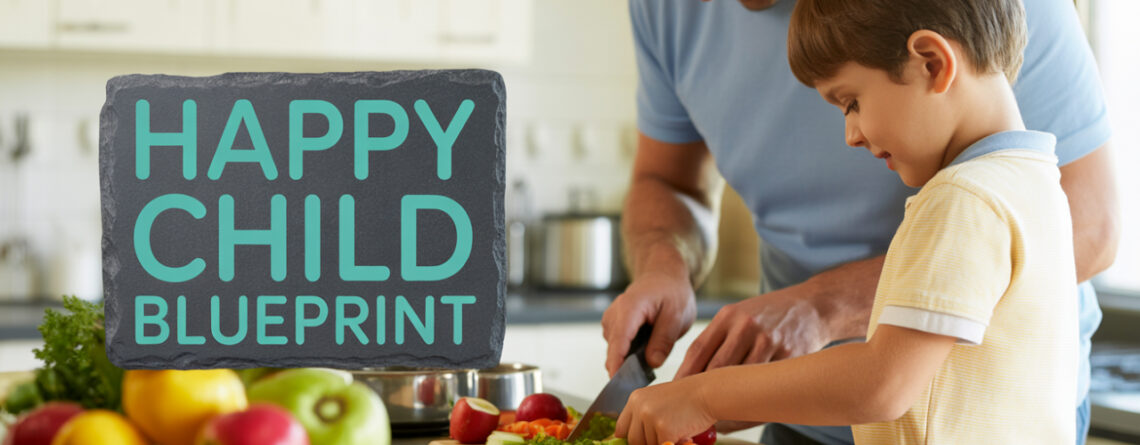
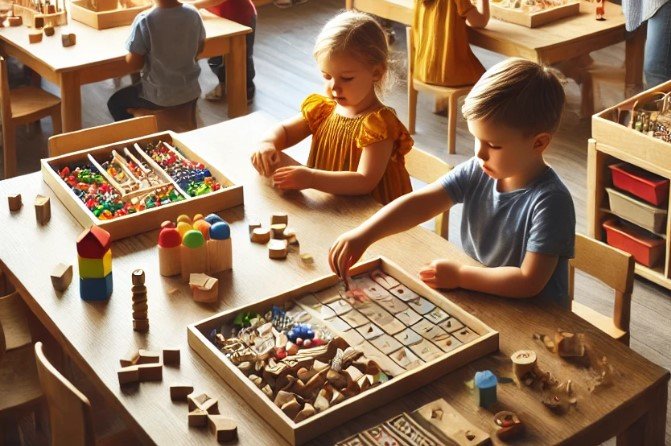
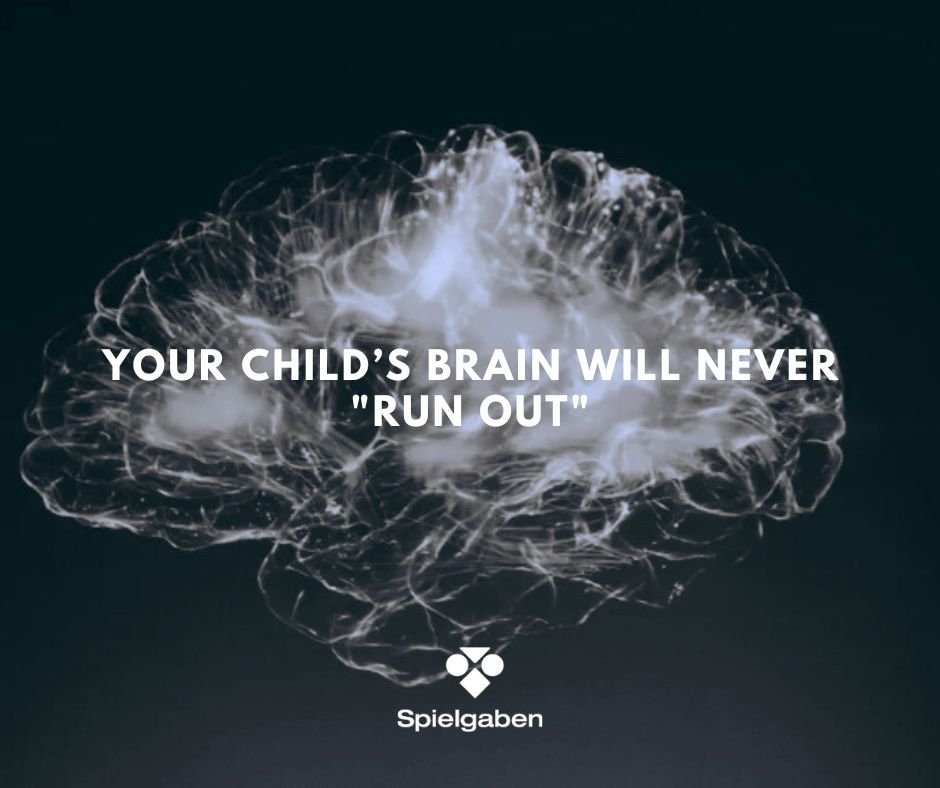
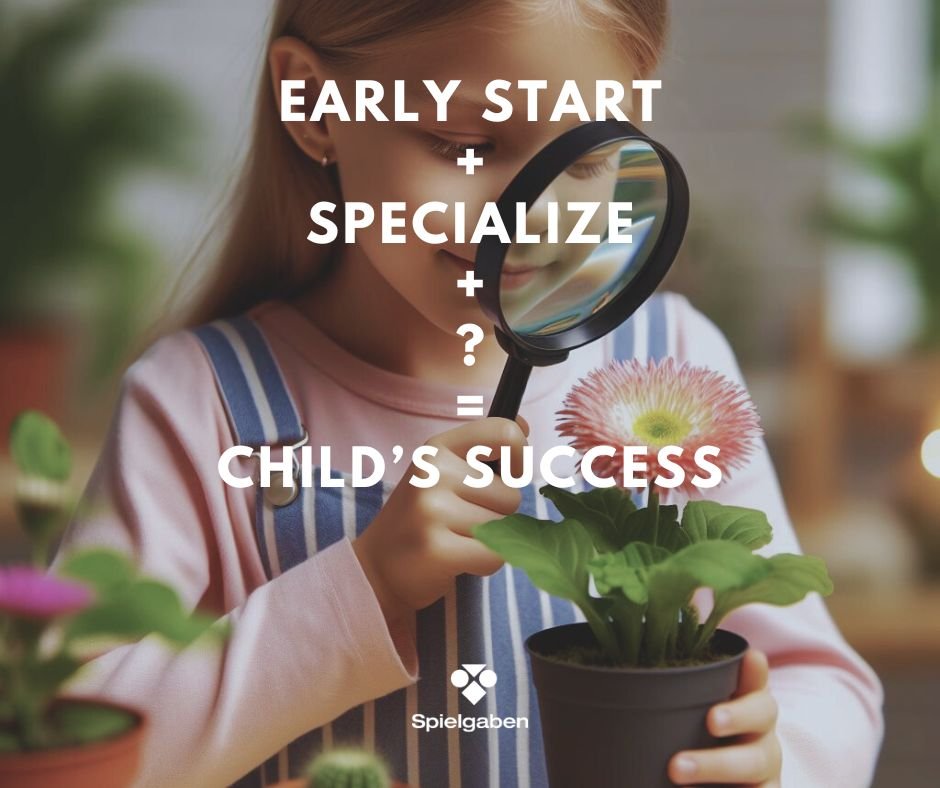


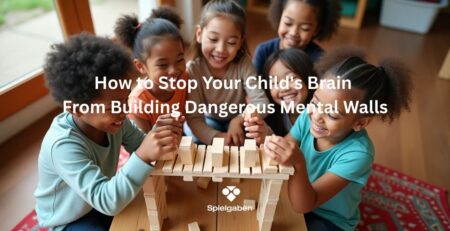
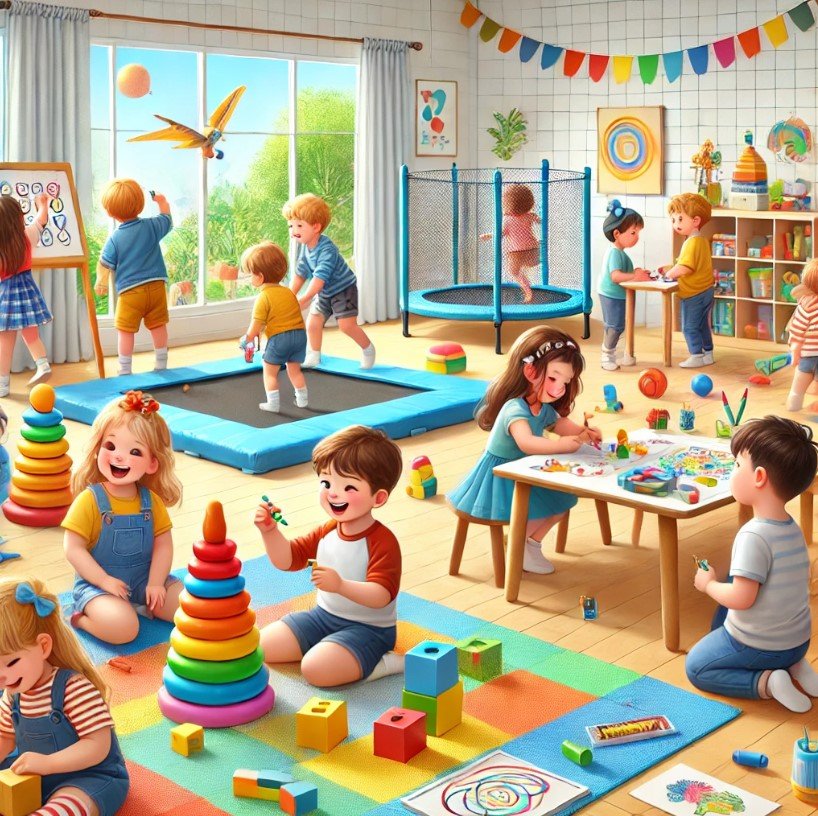

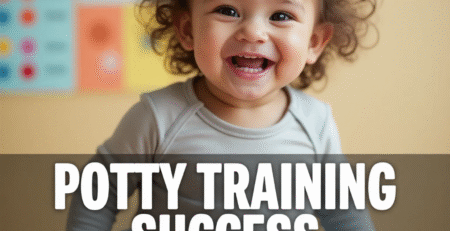
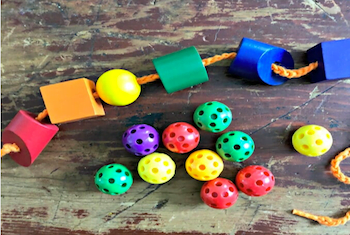

LEAVE A COMMENT